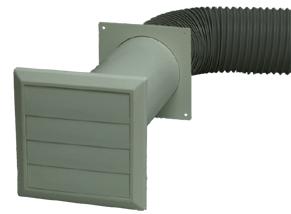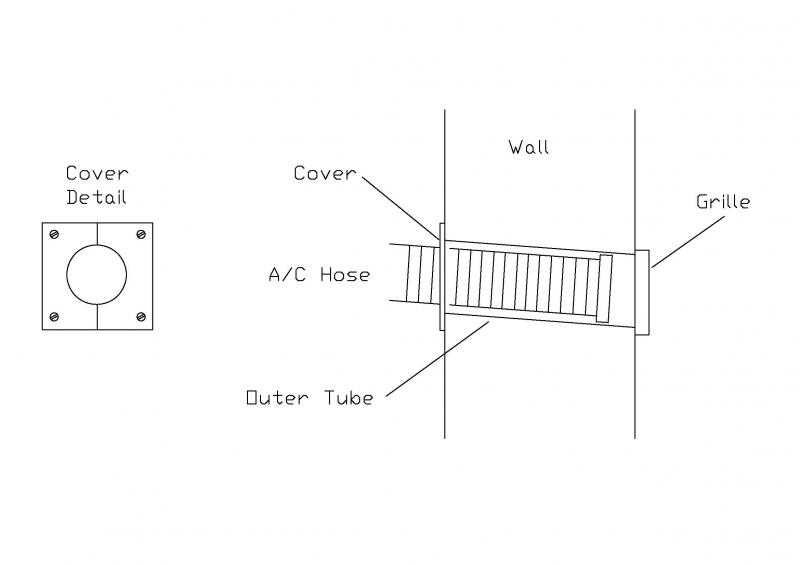Im in the process of converting my garage into a gym.
Walls have been battened and Eurothane insulation will be put up followed by cross bettens and finallly plasterboard drylined.
Ceiling plasterboard and 250mm insulation.
Only access and opening is a door
Question and help i need is what to use for heating....cooling...and venting the Gym..bearing in mind the cost
size of finiahed room is 5m x 4.8m x 2.49m
Any help would be appreciated
I live in the U.K so any product recommendations for there would be appreciated
Walls have been battened and Eurothane insulation will be put up followed by cross bettens and finallly plasterboard drylined.
Ceiling plasterboard and 250mm insulation.
Only access and opening is a door
Question and help i need is what to use for heating....cooling...and venting the Gym..bearing in mind the cost
size of finiahed room is 5m x 4.8m x 2.49m
Any help would be appreciated
I live in the U.K so any product recommendations for there would be appreciated






